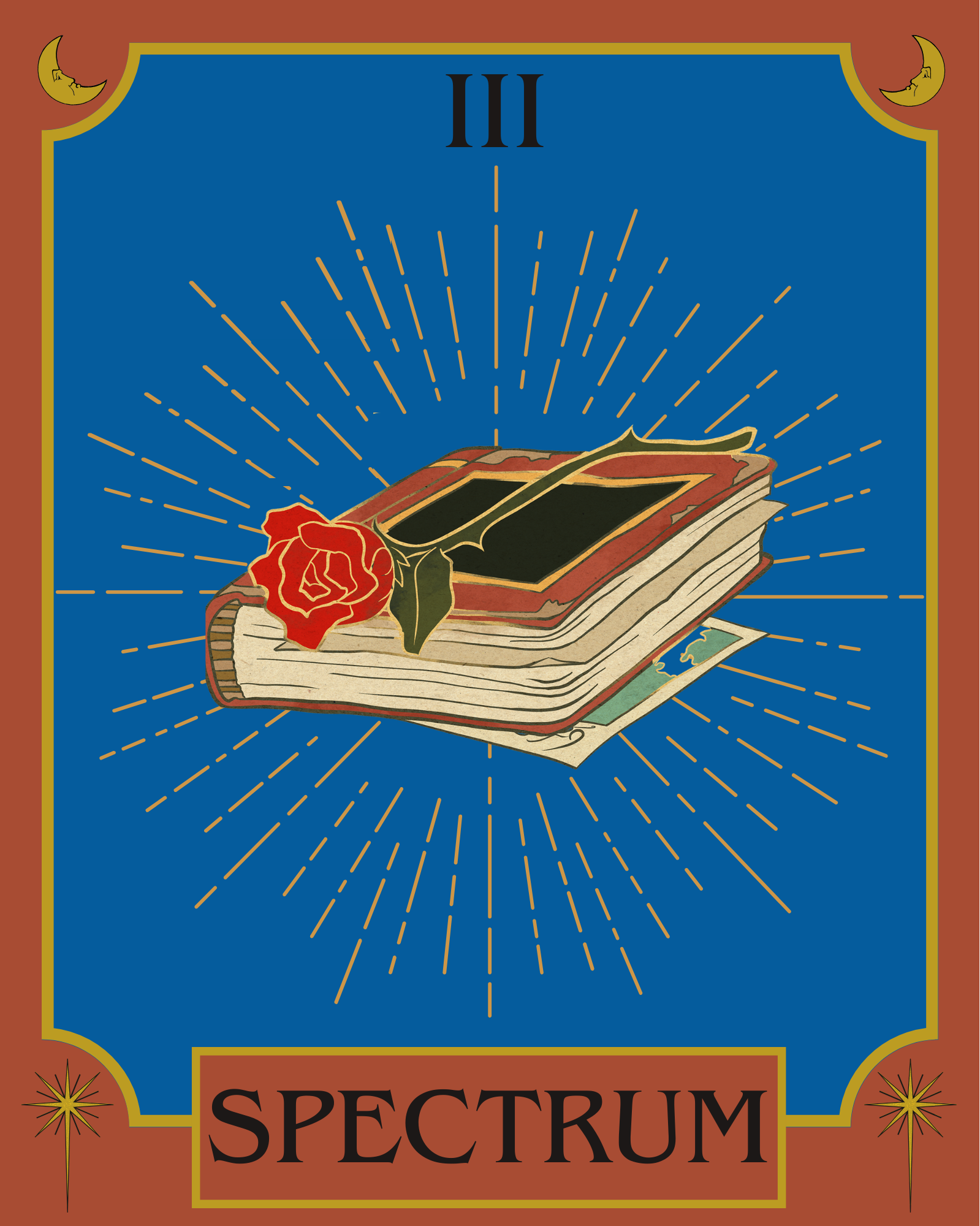Double Down
Exploring Power & Gothic Conventions in The History of Mary Prince
Abstract
The History of Mary Prince, first published in 1831 as a piece of Abolitionist literature, is steeped in the Gothic mode as it relates to experiences of psychological and corporeal violence. Unlike the early English and American writers of the Gothic genre who strove to work against Enlightenment principles of reason and rigidity, Prince’s History is not designed for imaginative stimulation or emotional entertainment. Instead, Prince implores the British to realize that the Gothic imaginary has as its source the systematic kidnapping, torture, and murder of Black enslaved peoples. Without the typical British Gothic settings of castles, laboratories, and subterraneous passages at her disposal, Prince draws upon the Atlantic Ocean, salt plantations, the Black body and voice as her Gothic sources. I argue that Prince’s unconscious transplanting of concepts such as sublime nature, the double, and spectrality into her text demonstrates the (en)forced embodiment of the Gothic imaginary on Black enslaved peoples. In so doing, Prince deconstructs the division between horror and terror, implying that the Gothic’s need and desire to imagine physical and ideological violence is a privilege and a luxury.


